Frequently Asked Questions
Q: WHAT IS INCLUDED IN THE METAL CATHETER SET?
A: The set includes three stainless steel catheters in lengths of 12 inches, 14 inches, and 16 inches, offering flexibility for various clinical requirements.
Q: WHAT MATERIAL ARE THE CATHETERS MADE FROM?
A: They are made from medical-grade stainless steel, chosen for its strength, durability, and resistance to rust and corrosion.
Q: WHAT IS THE FINISH OF THE METAL CATHETERS?
A: The catheters have a highly polished finish, which enhances aesthetics, improves corrosion resistance, and ensures smooth handling during insertion and removal.
Q: WHAT ARE THE ADVANTAGES OF USING METAL CATHETERS?
A:
-
Durability: Withstand repeated use without loss of function.
-
Sterilization: Easily sterilizable via autoclaving or chemical methods.
-
Visibility: Excellent under imaging equipment for precise placement.
-
Anti-kinking: Rigid structure prevents collapse during procedures.
-
Corrosion Resistance: Long-lasting reliability in clinical use.
Q: WHAT PROCEDURES ARE THESE CATHETERS SUITABLE FOR?
A: They are commonly used in urological procedures, urinary catheterization, gastrointestinal applications, and other specialized diagnostic and therapeutic interventions.
Q: ARE THE METAL CATHETERS REUSABLE?
A: Yes. They are designed for multiple uses, provided proper cleaning and sterilization protocols are followed.
Q: HOW SHOULD THE CATHETERS BE CLEANED AND STERILIZED?
A: Clean thoroughly to remove all biological residues, then sterilize using autoclaving or appropriate chemical sterilization methods, following standard medical guidelines.
Q: CAN THEY BE USED WITH OTHER EQUIPMENT OR ACCESSORIES?
A: Yes, they can be used with compatible catheterization accessories or equipment as per procedural requirements.
Q: IS ASEPTIC TECHNIQUE IMPORTANT?
A: Absolutely. Strict adherence to aseptic technique during insertion, handling, and removal is critical to prevent infection and ensure patient safety.
Q: CAN THEY BE USED FOR BOTH DIAGNOSTIC AND THERAPEUTIC PURPOSES?
A: Yes. These catheters are suitable for diagnostic imaging, fluid drainage, delivery of contrast agents, and therapeutic applications.
Q: ARE THERE ANY PRECAUTIONS OR CONTRAINDICATIONS?
A: Usage depends on the patient’s condition and specific procedure. Healthcare professionals should evaluate suitability, taking into account any contraindications or special precautions.


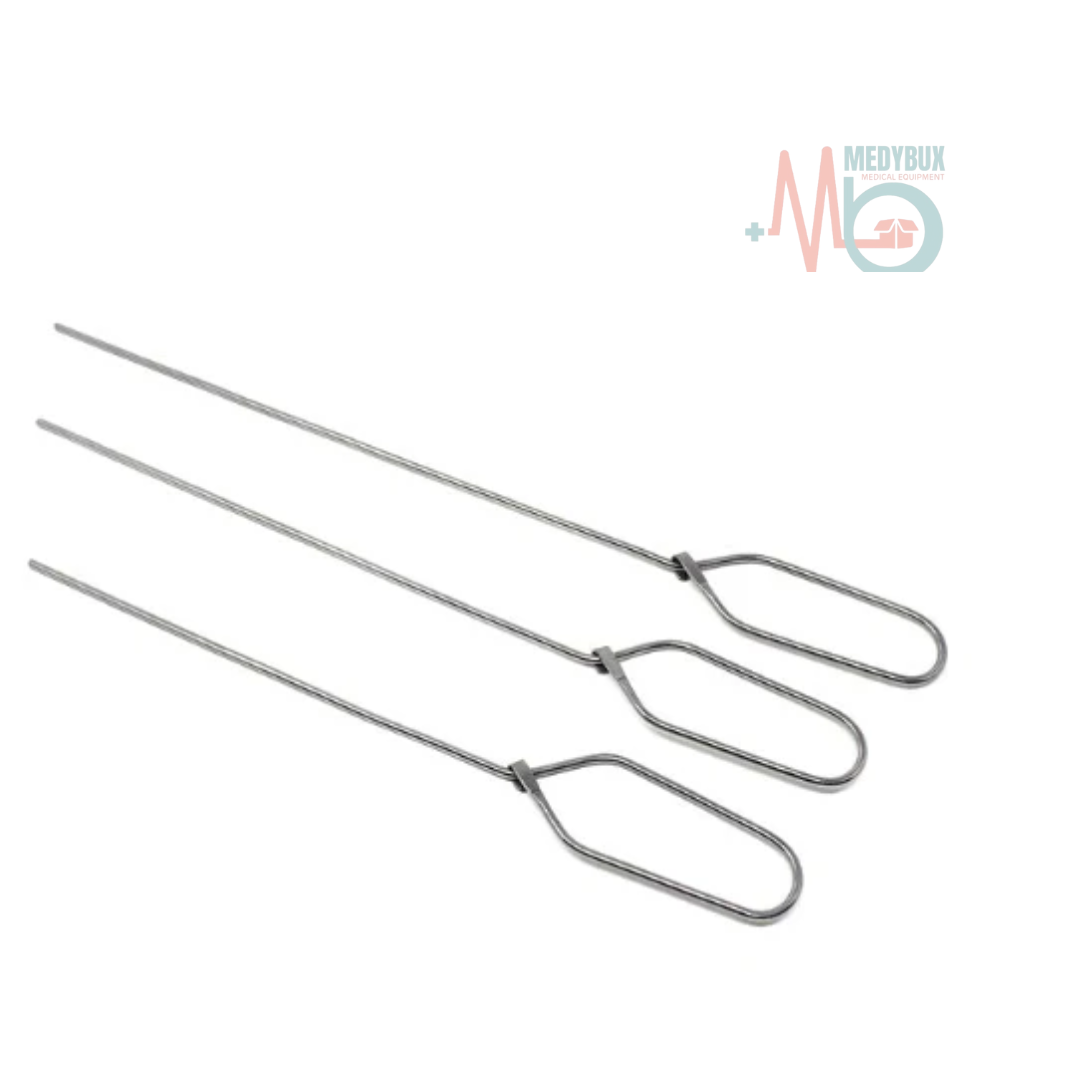
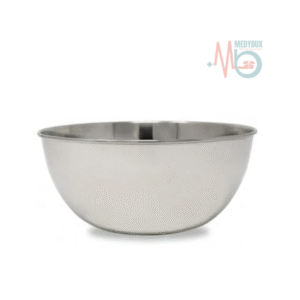
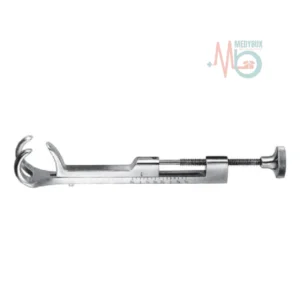
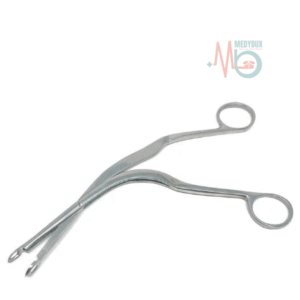
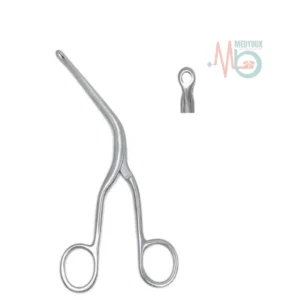
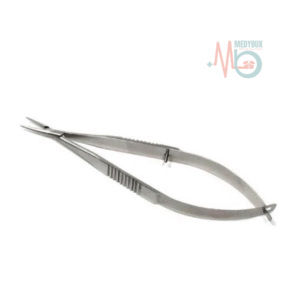
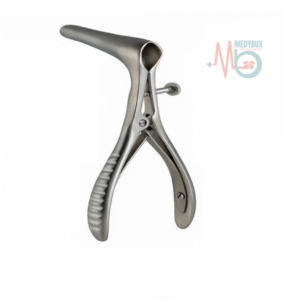
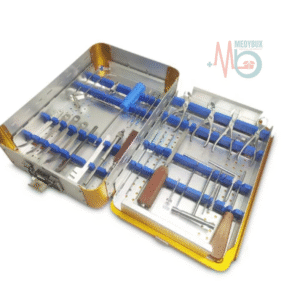
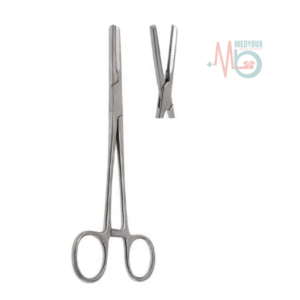
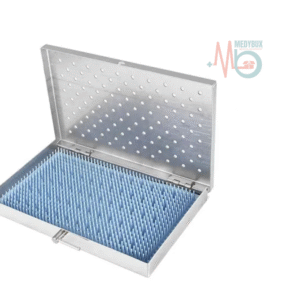
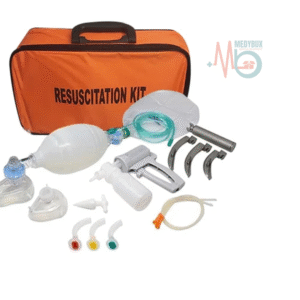
Reviews
There are no reviews yet.